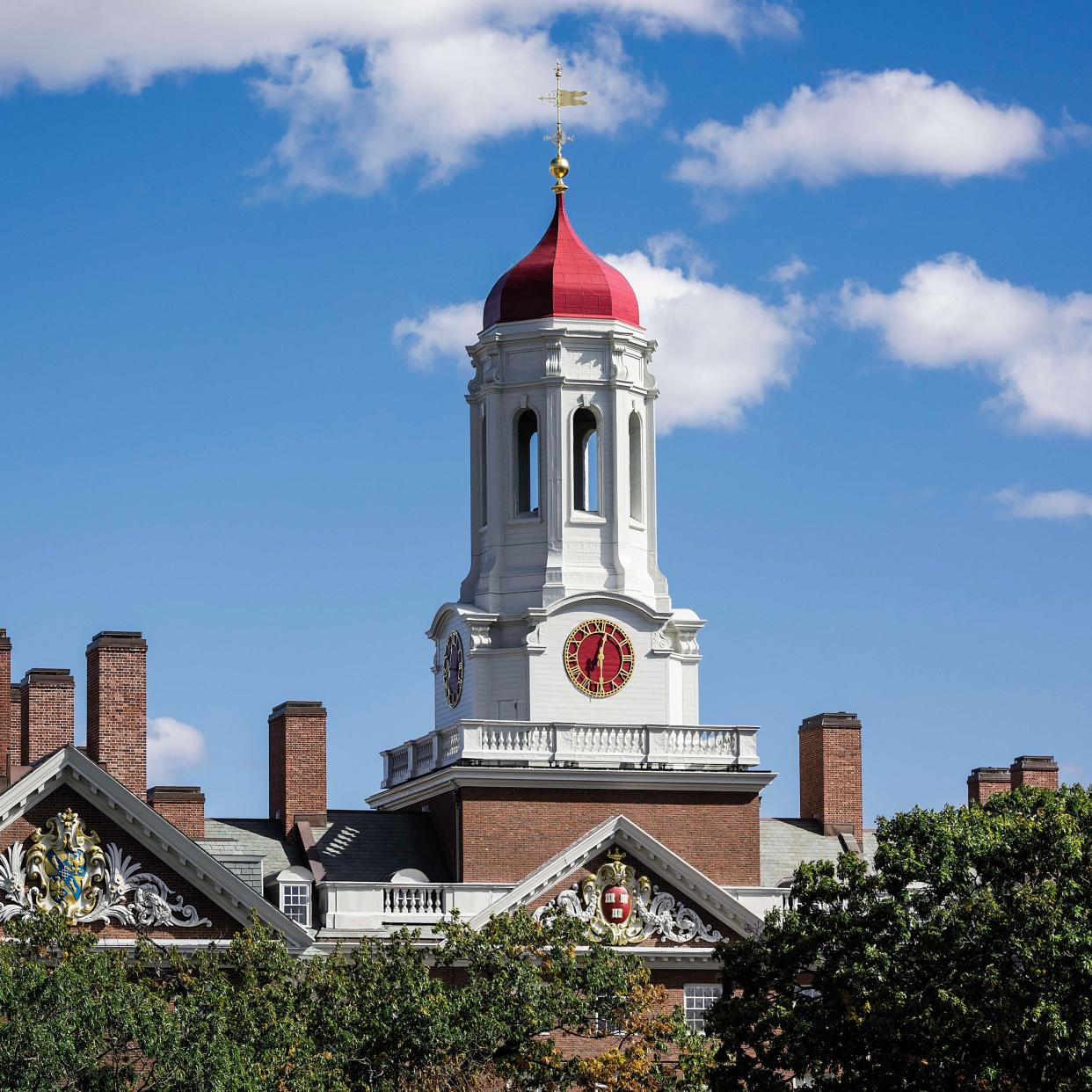An Asian-American Harvard Student Defends Affirmative Action

In this op-ed, Harvard Law School student Ivy Yan explains why she supports the school's affirmative action policies.
The last time I went back to China, I had just graduated from high school and was starting college at Harvard in the fall. We arrived in the city of Baotou at the beginning of June, just in time to catch the annual spectacle of the Gaokao, the national college entrance exam that determines where students can go to university, if at all.
Though students rank their preferred institutions, their exam score is essentially the only factor that determines if and where they will be admitted. Some students whose families could afford it had been in private tutoring and classes for most of their lives in preparation for those two days.
We showed up to the nearest testing location right before the students had been released. Gathered a respectable distance from the door, parents, grandparents, and younger siblings craned their necks to catch of glimpse of their student’s face as the test-takers began to stream out of the building.
Despite the discomfort of growing up Chinese in suburban Indiana, I couldn’t help but feel thankful that my path to college in the United States involved fewer do-or-die moments.
Affirmative action is a controversial subject for many recent Chinese immigrants, many of whom have their own stories of struggle — and it’s no wonder. The American system, where each university reviews applicants individually according to multiple factors, could not be more different from China’s, where a single standardized test determines one’s college placement, and subsequently one’s career opportunities. When one’s framework of achievement is the Gaokao, the fact that high scores on the SAT and ACT do not guarantee admission to Ivy League schools seems capricious, and even discriminatory.
I know little about the Gaokao, but hope that it more reliably measures student aptitude than the SAT and ACT, which research has shown to result in racially disparate scores and add little value to an institution’s ability to predict college success. Given the state of educational inequality in this country, and the incredible leg up that wealthy students have over their peers who cannot afford expensive test prep courses, I for one am glad to see the growing trend of universities making such tests optional in their application processes.
American schools’ interest in balancing their student bodies according to race, gender, educational interests, and other factors have no parallel in Chinese society, despite the overwhelming dominance of the Han Chinese population over the many minority ethnic groups in the country. There are few equity considerations in the Chinese system, and maybe there should be.
In the United States, affirmative action is a crucial mechanism for bolstering diversity in educational and employment settings. Explicit and implicit biases against black and Latinx students in American society create barriers to learning every step of the way to college and beyond. For Asian Americans, variations in immigration status, nationality, class, family educational background, geographic context, and skin color invoke different layers of stereotypes and bias, some that substantially hinder one’s educational opportunities, but others that seemingly help. (For example: “Asians are great at math!”)
What affirmative action demands is that, at the very least, our universities educate themselves about how discrimination works for all these populations and include underrepresented minorities both to advance justice in our society and to improve educational outcomes across the board. Research shows that diverse workplaces are more successful, and that diversity in schools dramatically improves educational experiences for all students, and particularly for students of color who need a critical mass of compatriots to survive predominantly white institutions.
This is why Edward Blum using Asian Americans as his newest mules in his decades-long quest to eliminate race-conscious policies is so insidious. Asian Americans benefit from affirmative action policies, which require admissions teams to learn about the complex set of issues facing different Asian-American groups instead of treating us as a monolith or our experiences as irrelevant under a race-blind regime. Additionally, Asian-American students, like all students, benefit from attending schools where people bring different life experiences into the classroom and the community.
At the end of the day, what Mr. Blum asks this country to do in eliminating affirmative action is for schools and workplaces to consider less than the full experiences of their students and employees of color. This would be a disservice to the student body and the institutions themselves.
The United States has a painful racial history that inhabits the laws, lives, and livelihoods of the American people. There is no separating a person from their race in this country. To do so would be to see them as less of the whole that they are, and to ignore the wounds of chattel slavery and colonization that this country is built on. This is no foundation upon which students can be educated truthfully. It can only exacerbate the deep divides that persist along racial lines, and the educational inequality that our laws are meant to prevent.
Related: Affirmative Action Guidelines Rescinded by Trump Administration
Get the Teen Vogue Take. Sign up for the Teen Vogue weekly email.

